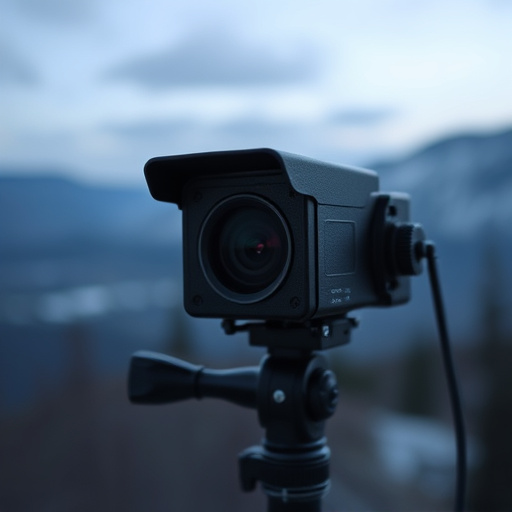Battery-operated hidden childcare cameras offer real-time surveillance for parental peace of mind, but face challenges with signal interference from obstacles and require regular maintenance. Locating these cameras involves thermal imaging and RF detection, ensuring privacy and safety in childcare facilities. Setup demands careful consideration of ethics, focusing on consent, respecting boundaries, and adhering to local laws to avoid infringement or legal issues.
Uncover the secrets behind wireless surveillance equipment location detection with our comprehensive guide. From understanding the benefits and challenges of battery-operated hidden childcare cameras to mastering advanced techniques for their discovery, this article is your compass. Learn about specialized tools that expose hidden devices and explore ethical considerations, ensuring a balance between privacy, safety, and legal boundaries. Prepare to navigate this tech landscape with expertise.
- Understanding Wireless Surveillance Equipment: Benefits and Challenges
- Locating Hidden Cameras: Advanced Techniques and Tools
- Ethical Considerations: Privacy, Safety, and Legal Aspects of Placement
Understanding Wireless Surveillance Equipment: Benefits and Challenges
Wireless surveillance equipment, such as battery-operated hidden childcare cameras, offers a discreet and convenient way to monitor activities in various settings. These devices provide real-time video feeds, allowing users to stay connected and ensure safety, especially when they’re away from home. The benefits are clear, particularly for parents who need peace of mind about their children’s well-being while at daycare or with nannies.
However, challenges exist in the realm of location detection with wireless surveillance systems. Since these cameras operate wirelessly, signal strength and interference can impact video quality and connectivity. Walls, furniture, and other obstacles can disrupt the signal, making accurate location detection more difficult. Additionally, battery-operated cameras require regular maintenance to ensure they remain functional and securely positioned.
Locating Hidden Cameras: Advanced Techniques and Tools
Locating hidden cameras, especially battery-operated childcare models, requires a blend of technical expertise and keen observation. One advanced technique involves using thermal imaging devices that can detect heat signatures emitted by electronic components, revealing the presence of hidden cameras even when they’re turned off. These tools are particularly effective in identifying miniature or covert cameras that might be disguised as everyday objects.
Additionally, specialized RF (radio frequency) detectors can pinpoint the location of wireless surveillance equipment by scanning for unique signals. This method is invaluable when dealing with battery-powered hidden cameras, as it allows professionals to track down devices without leaving any trace of their presence. By combining these advanced techniques and tools, thorough searches can be conducted to ensure privacy and safety in various settings, particularly in childcare facilities where peace of mind is paramount.
Ethical Considerations: Privacy, Safety, and Legal Aspects of Placement
When setting up wireless surveillance equipment, particularly battery-operated hidden childcare cameras, it’s crucial to navigate a delicate balance between security and ethical considerations. Privacy is paramount; placing cameras in areas where individuals expect privacy, such as bathrooms or bedrooms, raises serious concerns. It’s essential to ensure parental consent for monitored spaces and respect the personal boundaries of all involved, especially children.
Safety is another critical aspect. While surveillance can deter harm, improper placement might lead to false accusations or infringe upon safety measures designed to protect individuals. Legality plays a significant role; understanding local laws regarding hidden cameras and consent is vital to avoid legal repercussions. Respecting these ethical and legal boundaries ensures that surveillance equipment serves its intended purpose without causing harm or infringing on privacy rights.
Wireless surveillance equipment, particularly battery-operated hidden childcare cameras, offers enhanced security but also raises ethical concerns. While advanced techniques and tools enable effective location detection, it’s crucial to balance privacy, safety, and legal aspects. Understanding the benefits and challenges of such technology is key to responsible placement, ensuring a secure environment while respecting individual freedom.
